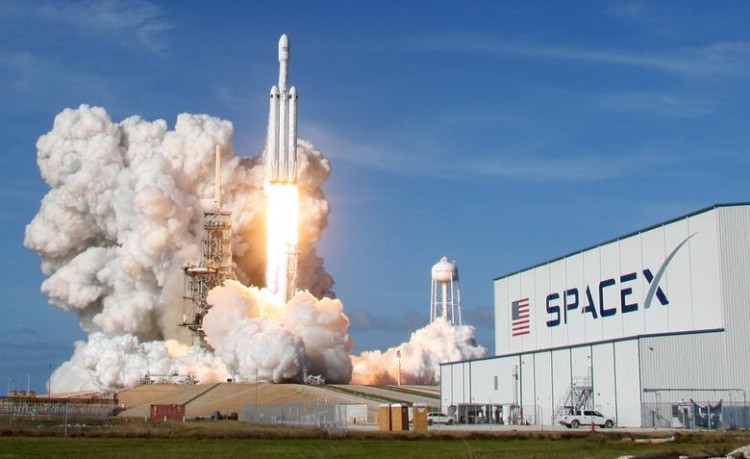A SpaceX Starship prototype exploded late Wednesday night during a static fire test at the company's Starbase launch complex in Boca Chica, Texas, marking the latest high-profile setback in Elon Musk's campaign to develop reusable rockets for missions to Mars.
At approximately 11 p.m. local time, the Starship designated as Ship 36 "experienced a major anomaly while on a test stand at Starbase," the company said in a statement posted to X. The rocket burst into flames during what was expected to be a routine static fire-an engine test in which the vehicle remains anchored to the ground.
"A safety clear area around the site was maintained throughout the operation and all personnel are safe and accounted for," SpaceX stated. "There are no hazards to residents in surrounding communities, and we ask that individuals do not attempt to approach the area while safing operations continue."
Livestreams captured the moment of the explosion, with footage shared by NASASpaceflight and local authorities in Cameron County showing a sudden fireball engulfing the launch stand. "Whoa! Whoa! No," a man can be heard saying in the background, followed by "Oh, my God."
Context: SpaceX's Starship for Flight 10 just exploded on the test stand.pic.twitter.com/Zf2Cu0oYq7 — Space Sudoer (@spacesudoer) June 19, 2025
The caption on the NASASpaceflight feed noted that SpaceX was preparing for "a static fire test of Ship 36. The second in this series of testing for flight 10."
SpaceX CEO Elon Musk responded to the incident on Thursday morning, appearing to downplay the failure with a post on X: "Just a scratch."
The explosion comes amid increasing scrutiny of SpaceX's Starship development efforts, which form the core of Musk's long-term ambition to make humanity a multiplanetary species. Starbase serves as the operational hub for the project, with the facility located near the Texas-Mexico border.
Starship, standing at 123 meters (403 feet), is the tallest and most powerful launch vehicle ever constructed. It is designed to be fully reusable and capable of carrying up to 150 metric tonnes of cargo. Despite its scale, the program has experienced multiple high-profile test failures.
A prototype of the Starship rocket exploded over the Indian Ocean in late May after the Super Heavy booster failed to complete a planned splashdown in the Gulf of Mexico. Two previous launches also ended with the upper stage disintegrating in flight, including one over the Caribbean.





